The Python Workshop. Learn to code in Python and kickstart your career in software development or data science Andrew Bird, Dr. Lau Cher Han, Mario Corchero Jiménez, Graham Lee, Corey Wade
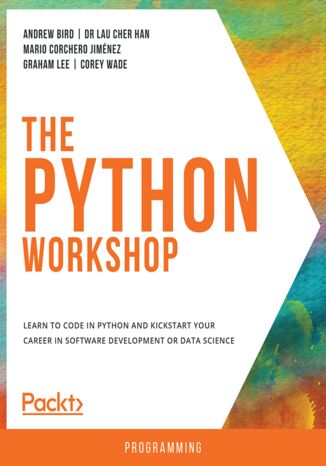



- Autorzy:
- Andrew Bird, Dr. Lau Cher Han, Mario Corchero Jiménez, Graham Lee, Corey Wade
- Wydawnictwo:
- Packt Publishing
- Ocena:
- Stron:
- 608
- Dostępne formaty:
-
PDFePubMobi
Opis
książki
:
The Python Workshop. Learn to code in Python and kickstart your career in software development or data science
More applications than we realize are being developed using Python because it is easy to learn, read, and write. You can now start learning the language quickly and effectively with the help of this interactive tutorial.
The Python Workshop starts by showing you how to correctly apply Python syntax to write simple programs, and how to use appropriate Python structures to store and retrieve data. You'll see how to handle files, deal with errors, and use classes and methods to write concise, reusable, and efficient code.
As you advance, you'll understand how to use the standard library, debug code to troubleshoot problems, and write unit tests to validate application behavior.
You'll gain insights into using the pandas and NumPy libraries for analyzing data, and the graphical libraries of Matplotlib and Seaborn to create impactful data visualizations. By focusing on entry-level data science, you'll build your practical Python skills in a way that mirrors real-world development. Finally, you'll discover the key steps in building and using simple machine learning algorithms.
By the end of this Python book, you'll have the knowledge, skills and confidence to creatively tackle your own ambitious projects with Python.
Wybrane bestsellery
Andrew Bird, Dr. Lau Cher Han, Mario Corchero Jiménez, Graham Lee, Corey Wade - pozostałe książki
Packt Publishing - inne książki
Dzięki opcji "Druk na żądanie" do sprzedaży wracają tytuły Grupy Helion, które cieszyły sie dużym zainteresowaniem, a których nakład został wyprzedany.
Dla naszych Czytelników wydrukowaliśmy dodatkową pulę egzemplarzy w technice druku cyfrowego.
Co powinieneś wiedzieć o usłudze "Druk na żądanie":
- usługa obejmuje tylko widoczną poniżej listę tytułów, którą na bieżąco aktualizujemy;
- cena książki może być wyższa od początkowej ceny detalicznej, co jest spowodowane kosztami druku cyfrowego (wyższymi niż koszty tradycyjnego druku offsetowego). Obowiązująca cena jest zawsze podawana na stronie WWW książki;
- zawartość książki wraz z dodatkami (płyta CD, DVD) odpowiada jej pierwotnemu wydaniu i jest w pełni komplementarna;
- usługa nie obejmuje książek w kolorze.
Masz pytanie o konkretny tytuł? Napisz do nas: sklep@helion.pl
Książka drukowana









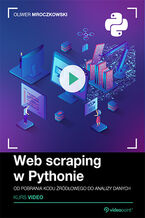
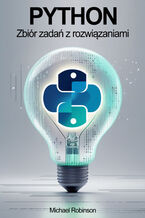

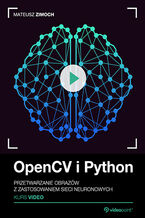

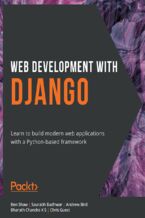

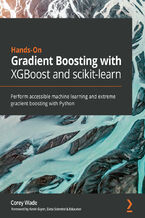
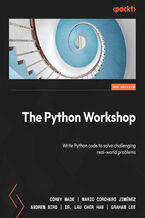
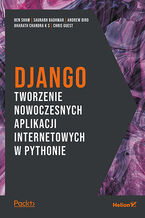
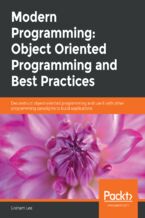





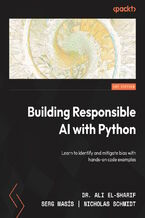
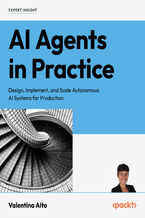
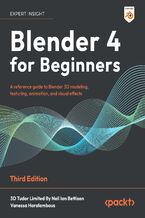
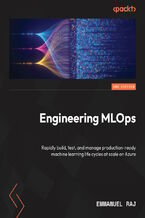

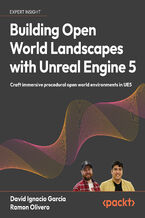



Oceny i opinie klientów: The Python Workshop. Learn to code in Python and kickstart your career in software development or data science Andrew Bird, Dr. Lau Cher Han, Mario Corchero Jiménez, Graham Lee, Corey Wade
(0)